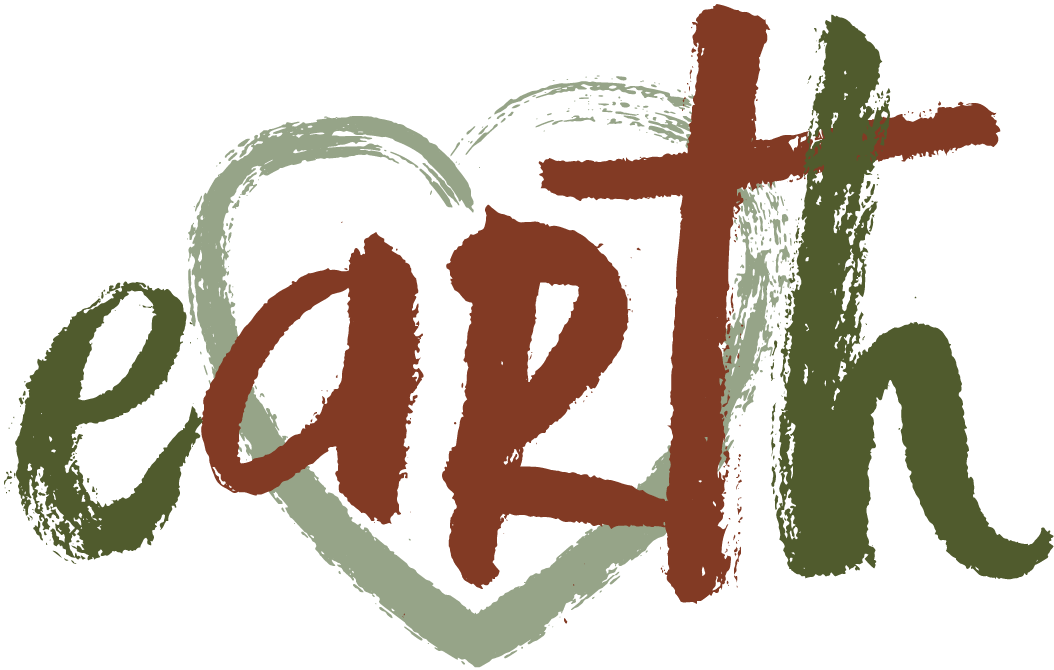No, Not Aliens. Plankton!
“What is that? Some crazy space scene?” I smiled at the question, secretly pleased. You see, the organisms in the mural I was painting do look completely out of this world. The iridescent shapes on the mural, standing out from the dark, black background, look like nothing other than bizarre space ships flying through space.
The reality of what they are, microscopic plankton painted HUGE, is both less and more exciting than an imaginary space scene. This is the real deal, but you need a microscope to see most these creatures at all, and a Scanning Electron Microscope (SEM) to see all of the details of their intricate shapes. Many of these organisms are absolutely stunning.
Researching and painting the plankton was an incredible experience. I’ve studied these organisms before, particularly during my stay in Homer, AK, where I spent a season as a Senior Naturalist for the Center for Alaskan Coastal Studies. It was there that I first saw the work of Ernst Haeckel, a Naturalist from the 1800’s. During a presentation I saw image after image of diatoms that he painted. Diatoms are a type of photosynthesizing plankton (phytoplankton). They produce so much oxygen, they are akin to forests of the ocean. Each image was more beautiful and complex than the last. I was blown away by the fact that they somehow made these intricate glass shells and yet consisted of just a single cell. How is that even possible?! Sometimes nature just blows my mind.
Fast forward to 2017. As a result of the work I am doing around climate change, I had an opportunity to apply for a grant with the the Puget Sound Estuarium to paint a mural on a wall of the building they are located in. I have a great relationship and long history of art making with the Puget Sound Estuarium, including a mural of estuary life and a hanging installation, made by hundreds of elementary students, representative of an estuary.
Octopus Larvae
The mission of the Puget Sound Estuarium is to foster learning opportunities that inspire people of all ages to connect with, protect, and enjoy the unique estuary environment of south Puget Sound. One of the most direct impacts that climate change is having on estuaries is Ocean Acidification, which is causing serious problems for some plankton, which are likely to impact the ocean ecosystem as a whole. I’ll talk more about Ocean Acidification in a separate article. That, combined with how amazing these microscopic organisms are, led me to paint giant versions of these microorganisms.
Plankton consist of drifting organisms ranging in size from single-celled diatoms to krill and jellyfish. By definition, a plankton drifts with the currents and flow of its environment. There are countless species of plankton in the Puget Sound, both phytoplankton and zooplankton, their animal counterparts. Phytoplankton are the base of the ocean food web, feeding everything from zooplankton to salmon and whales. Zooplankton include species that spend their entire lives as plankton (holoplankton) and those that are just plankton in the larval stage, including oysters, clams, and sea stars.
Many amazing volunteers helped to paint huge versions of the plankton directly onto the wall. We had so much fun painting! I’m no Ernst Haeckel, but I do love how these organisms turned out.
Plankton_Volunteers
The Puget Sound Estuarium is creating a species map of the mural to teach visitors about the plankton. My hope is that the mural will help to draw people inside where they can learn more about our estuaries and the important role plankton play.
Studying and painting plankton in this way, really brought out the Naturalist in me. By looking so closely at them, and painting them, I was able to learn so much about each individual species. I already thought plankton were amazing. Now I’m even more in love with them. I can appreciate the uniqueness of the thousands of different species and their important roles on our planet.
And if passers by stop and think, “Whoa, that is one crazy alien scene!”, that’s fine by me. As far as I’m concerned, they’re not that far off the mark.


